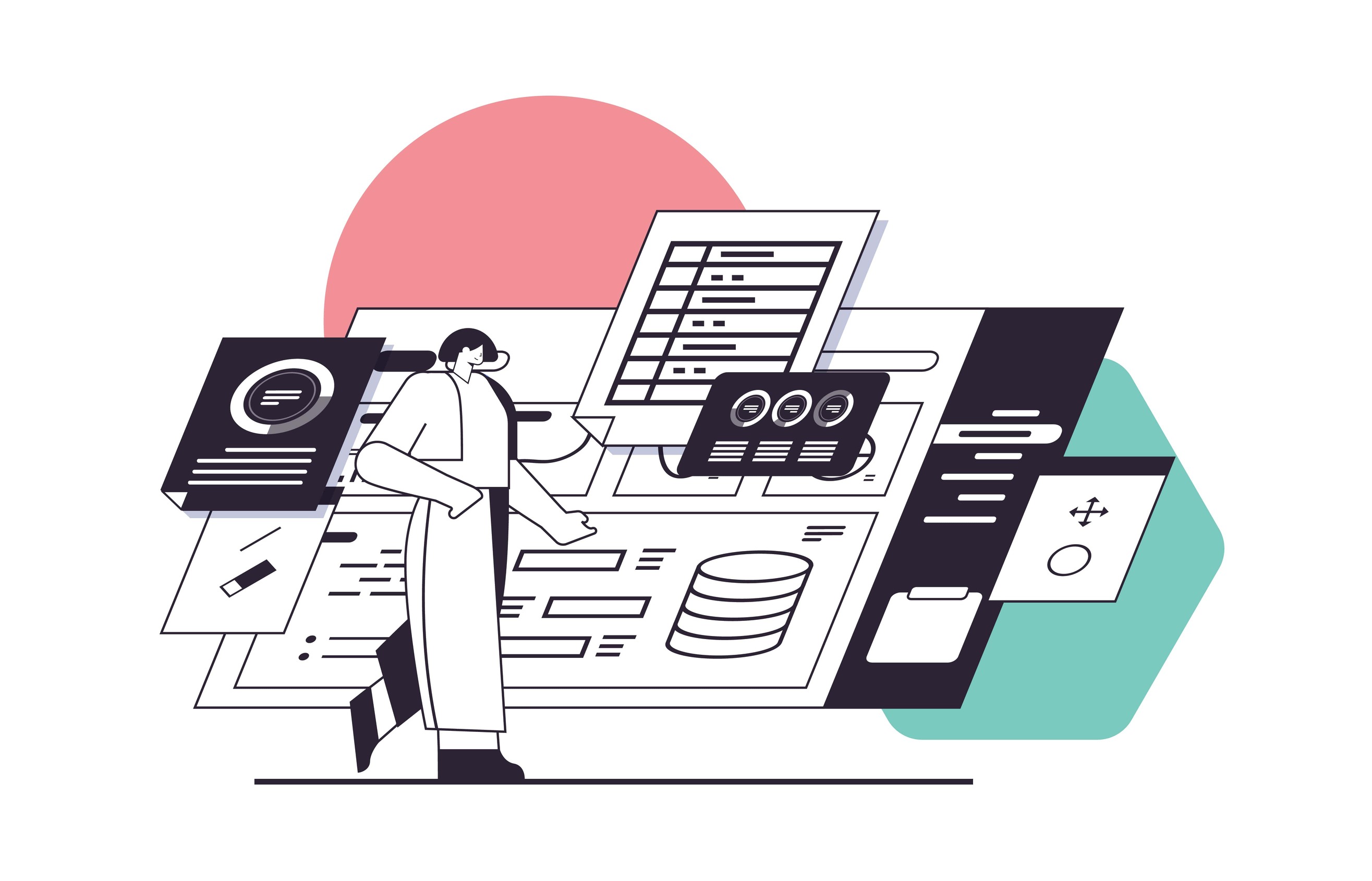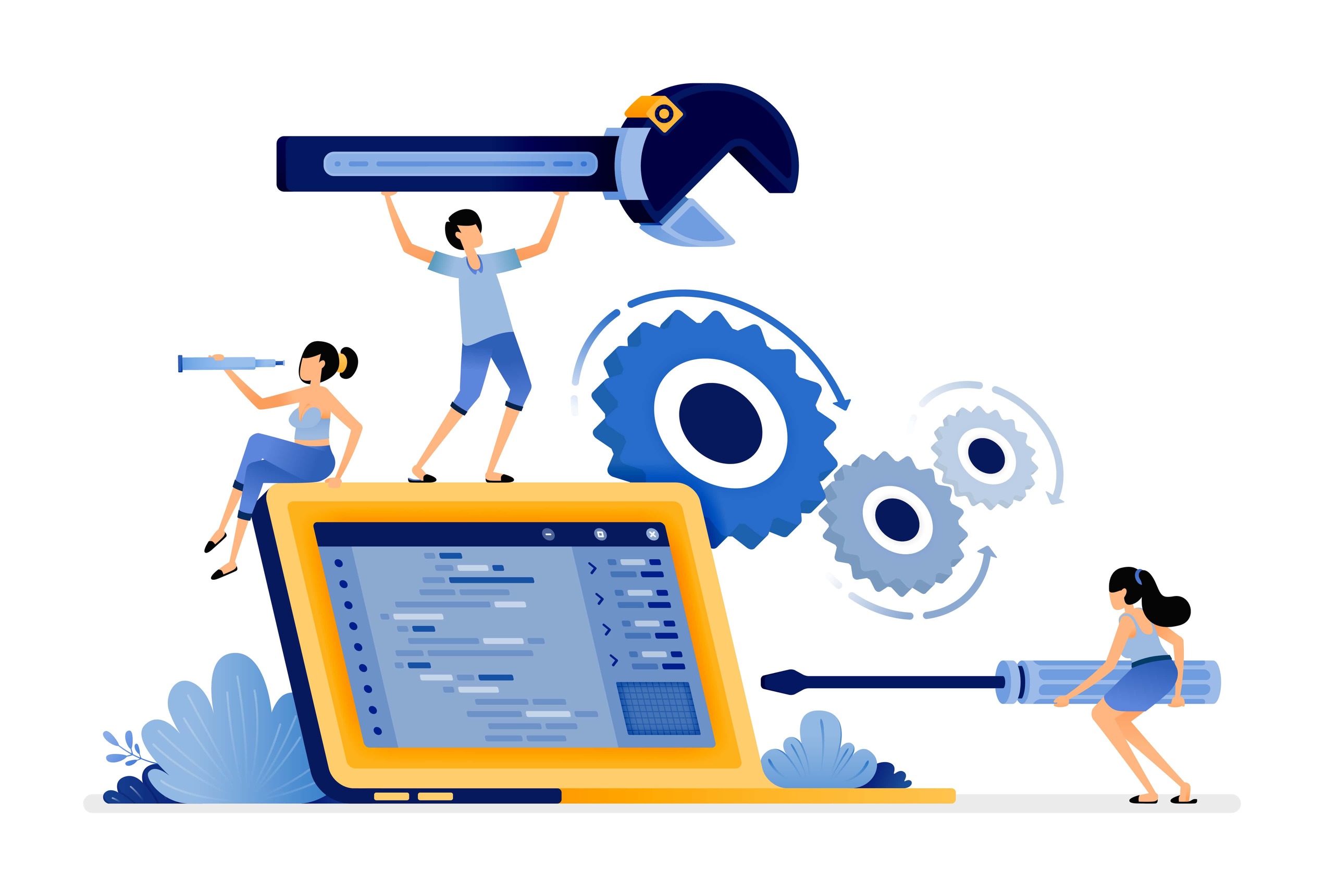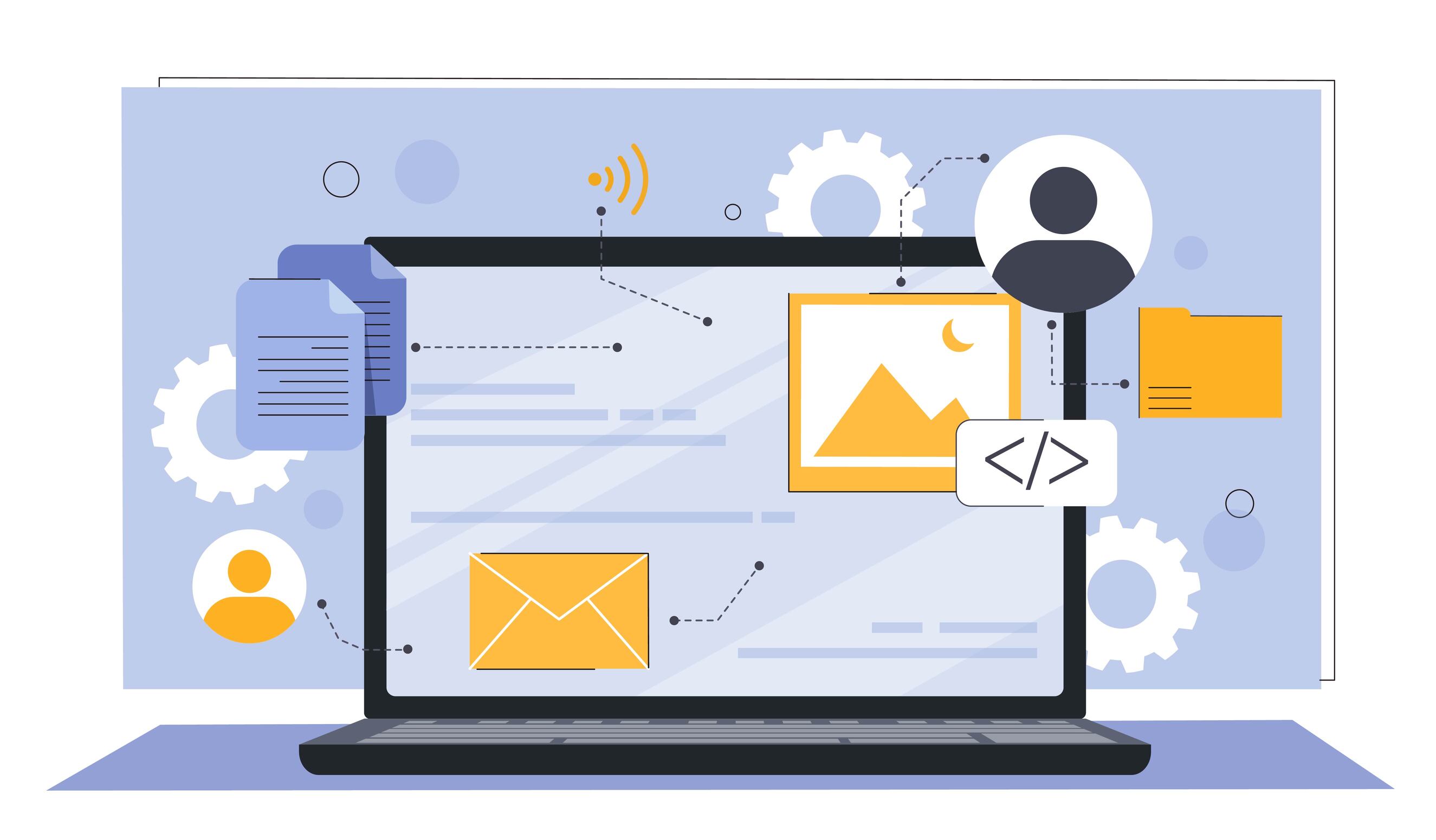Organizational Portal - The Key to Growth and Prosperity in the Digital Age
Corporate portal

 1910
1910 
Organizational Portal - The Key to Growth and Prosperity in the Digital Age
In today's competitive and dynamic business world, organizations understand more than ever the need for advanced systems for knowledge management, internal communication, and efficient collaboration. Establishing an organizational portal is the strategic step that will serve as a true growth engine and provides a crucial competitive advantage. Whether you're a young startup or an established corporation, an organizational portal offers a variety of benefits that can propel your business to new heights. Let's dive into the key advantages, challenges, and considerations in setting up and implementing an effective portal platform.
The Main Advantages of an Organizational Portal:
- Central and Convenient Access to Information - An organizational portal serves as a single entry point for all organizational information, data, and applications. Employees can easily find the documents, tools, and insights they need, from anywhere at any time.
- Improved Communication and Collaboration - The portal enables employees to communicate in real time, share knowledge and resources, and work in cross-organizational teams more smoothly and efficiently. This promotes innovation, problem-solving, and optimal sharing.
- Efficiency and Cost Reduction - Centralizing information under one roof saves valuable time wasted on searching among systems and islands of information. Organized knowledge management also reduces errors and redundant work. This efficiency results in significant time and cost savings.
- Empowering Employees - Accessible information allows employees to work independently, make data-driven decisions, and feel like partners in the business process. This enhances motivation, engagement, and innovation among employees.
Challenges and Guidelines for Successful Implementation of an Organizational Portal:
- Define Clear Objectives and Requirements - Survey the actual needs of users, construct a detailed specification plan, and set measurable success goals.
- Select an Appropriate Platform - Carefully consider the capabilities, flexibility, and performance of the platform in relation to your requirements. Among the popular choices - SharePoint, Intranet, and open-source solutions.
- Make User Experience Central - Invest in intuitive design, accessibility, and a user-friendly interface to encourage adoption and widespread use. Remember - the best interface is one that is transparent to users.
- Gradual Implementation and Employee Involvement - Introduce the portal slowly and in stages, with close guidance and addressing concerns. Involve employees throughout the process and gather their feedback to create a sense of ownership.
- Change Management and Fostering Adoption - Implementing the portal requires changing habits. Build a comprehensive change management plan, communicate the benefits, and encourage usage through competitions and incentives.
- Maintenance and Continuous Improvement - A portal is a living, breathing entity that needs to be updated and improved regularly. Analyze usage, gather feedback, add content, and strive for continuous excellence.
Inspiring Example - The Case Study of Unilever
Unilever is one of the largest consumer goods companies in the world, with over 400 brands in 190 countries. A few years ago, the company decided to implement a SharePoint-based organizational portal to promote global knowledge sharing and collaboration. Among the benefits achieved:
- Improved Productivity - 62% of employees reported that the portal saves them between one to three hours each week.
- Effective Knowledge Sharing - About 75% of employees stated that they found useful knowledge on the portal that was previously inaccessible.
- More Innovation - 41% of users said the portal helped them develop and share new ideas.
- Cost Savings - The company saved 8 million dollars annually through reduced email and conference call usage.
Unilever demonstrates how a quality, user-driven portal can become a strategic lever for growth and value creation.
In summary, establishing an organizational portal is indeed the right step for organizations of all sizes and industries. A well-planned and properly implemented portal, tailored to the unique needs of the company, will create an enhanced, intelligent, and connected digital workspace. With a clear vision, suitable technology, proper change management, and persistence in improvement - your organizational portal will be a significant milestone that drives the company to exceptional achievements.
Are you ready for the next leap? Let’s meet for a free consultation and assessment! We would love to delve into the world of organizational portals, explore your needs and expectations, and outline a winning portal strategy together. With the experience and knowledge we've gained from dozens of successful projects, we are here to guide, support, and accompany you at every stage of the implementation path. Don’t delay the move that will upgrade the way you work, share, and create. Schedule a meeting today and let’s create your next digital workspace platform together!






